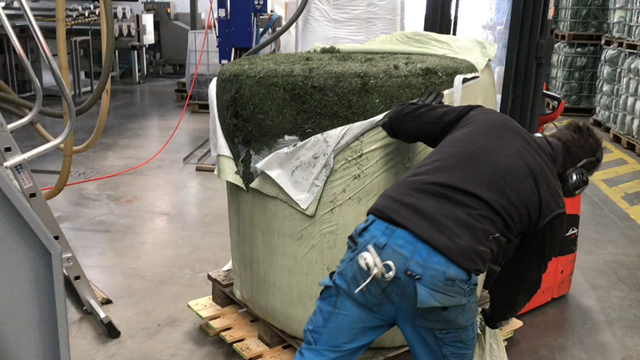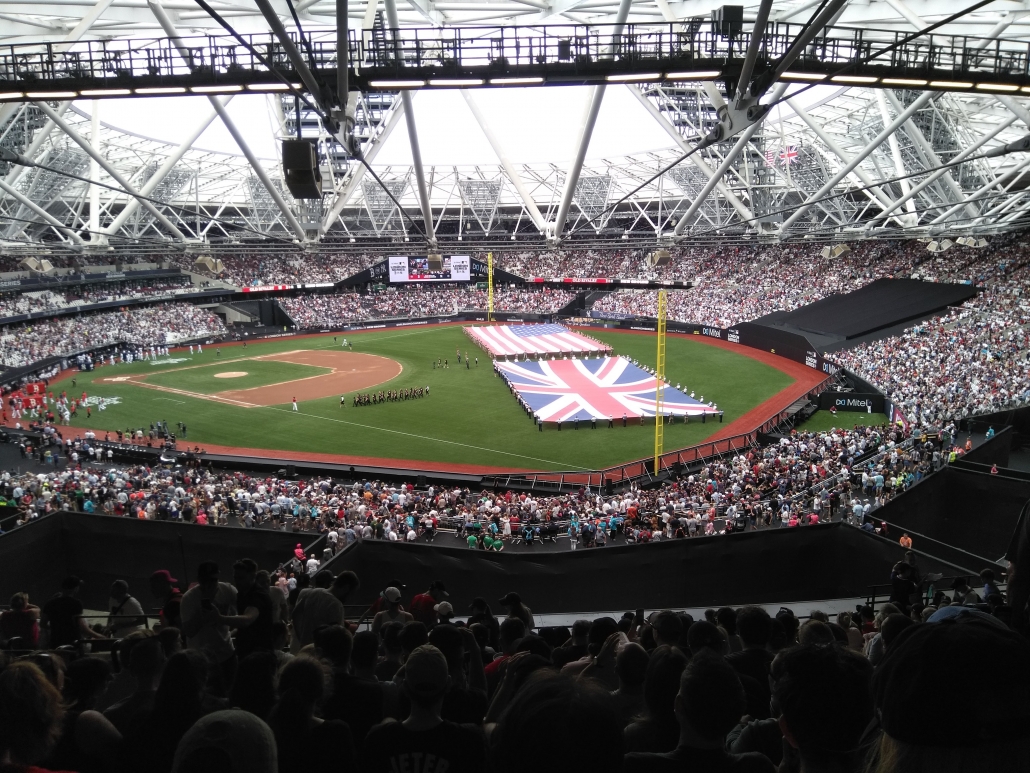Building for tomorrow. FieldTurf’s commitment to sustainability

FieldTurf’s promise to keep players safe on turf has evolved into an obsession — one with a singular focus to completely eliminate potential to harm not just people, but the environment too. FieldTurf strives for the lowest impact on people and the planet — from Cradle to Cradle™ manufacturing, to circular design, to the utmost […]
Synthetic turf helps MLB to deliver

Since the American Major League Baseball organization targeted Europe as a key growth market, it knew upfront that the stakes would be high for any baseball game played on European soil. The London Olympic stadium was identified as being the perfect venue. The synthetic surface temporarily installed for the fantastic event delivered the finishing touch. […]